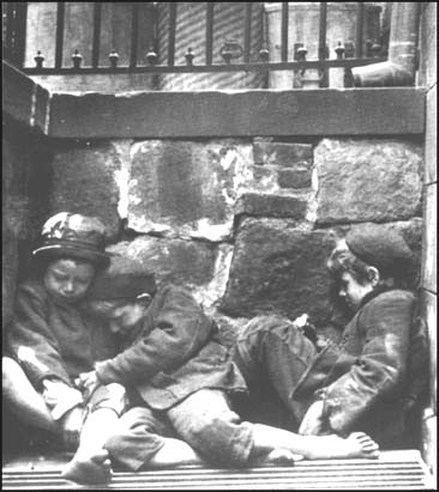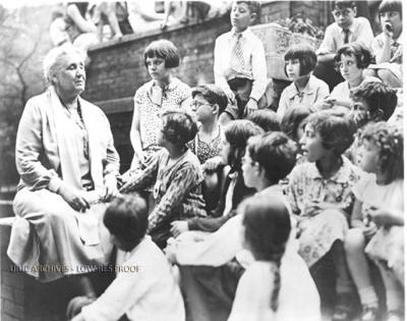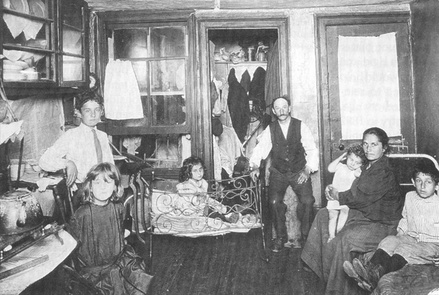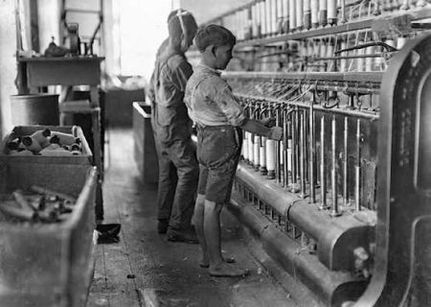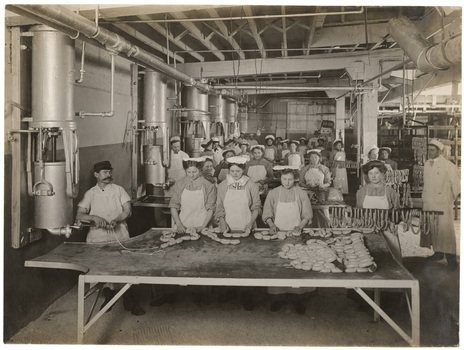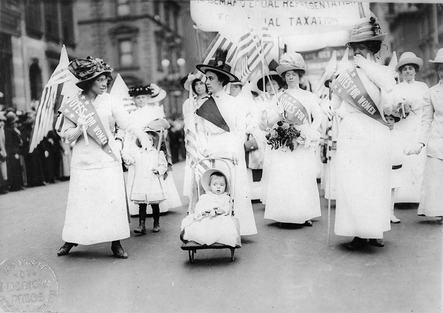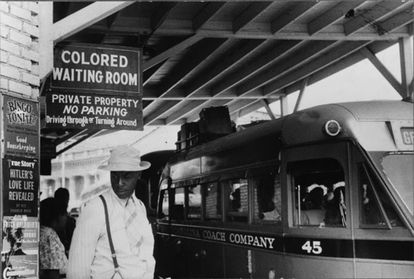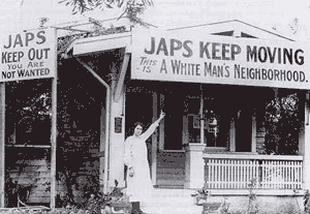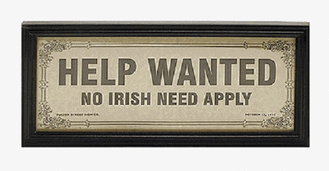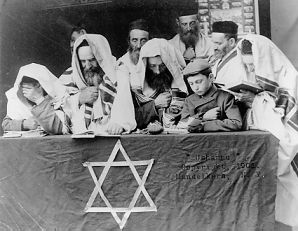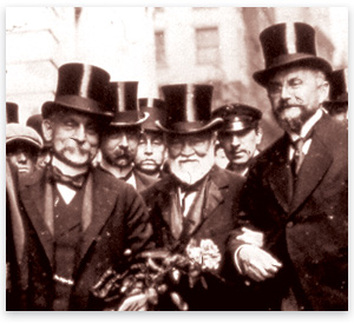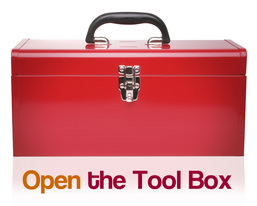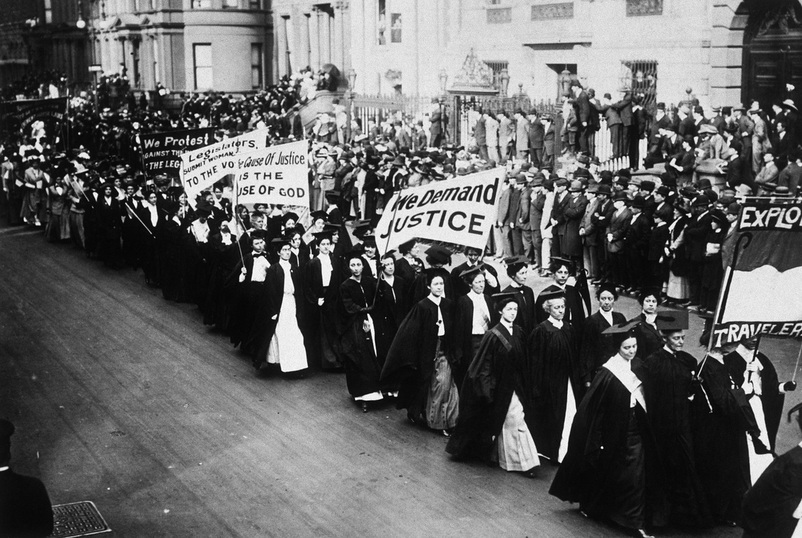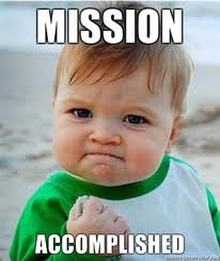Unit 3: We're Not Gonna Take It!
A Unit on the Progressive Era
A Unit on the Progressive Era
Lesson Module 15
The Oppressed
Focus Activity - Determining a Purpose for Reading
Lesson Outcomes

Outcomes are what you (the student) will be able to do after the lesson is over.
1. I can define the items in the Lesson Module 15 Toolbox.
2. I can describe the oppressed groups of the Gilded Age.
3. I can explain who Progressives were and why they stood up against oppression.
1. I can define the items in the Lesson Module 15 Toolbox.
2. I can describe the oppressed groups of the Gilded Age.
3. I can explain who Progressives were and why they stood up against oppression.
Lesson Missions
|
The lesson missions are the activities that you will complete to achieve the lesson outcomes. The missions for this lesson are:
|
Teaching Activity - Guided Reading
The Stand
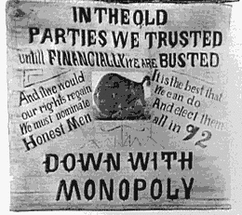
It was not long before these mistreated people grew angry and fed up. Soon they used this anger as fuel to protest this mistreatment. They stood up against those who attempted to keep them down. They screamed, "We're Not Gonna Take It, Anymore!" ... And they didn't! These people were Progressives. The next lessons are their stories.
Teaching Activity - Class Notes 25 Points
We take notes so that you can get the knowledge you need to meet our lesson. You get points for taking notes because you are showing that you can pick out the main ideas and important details of what you have read.
Small Group Activity: Discussion Questions 25 Points
We discuss the text to make sure you understand the main ideas and important details. We do it in groups so that you have a chance to gain knowledge and understanding from others. You get points for discussion questions because you are showing that you can understand the main ideas and important details of what you have read and you can build upon your knowledge and understanding from others.
Individual Activity: Who Are We Polls 25 Points
We do polls and surveys to check our own understandings of the main ideas and important details. We do it in groups so that you have a chance to gain knowledge and understanding from others. You get points for polls and surveys because you are showing that you can understand the main ideas and important details of what you have read and check the level in which you understand compared to others.
On the polls, some of the groups will be obvious. Other groups you will need to make inferences or educated guesses. By the end of the unit, you will know them all.
On the polls, some of the groups will be obvious. Other groups you will need to make inferences or educated guesses. By the end of the unit, you will know them all.
Who Are We Discussion Poll 1
ow them all.
|
Who Are We Discussion Poll 2 |
Who Are We Discussion Poll 3 |
Who Are We Discussion Poll 4 |
Who Are We Discussion Poll 5 |
Who Are We Discussion Poll 6 |
Who Are We Discussion Poll 7 |
Who Are We Discussion Poll 8 |
Who Are We Discussion Poll 9 |
Who Are We Discussion Poll 10 |
Who Are We Discussion Poll 11 |
Who Are We Discussion Poll 12 |
Who Are We Discussion Poll 13 |
Who Are We Discussion Poll 14 |
Who Are We Discussion Poll 15 |
Who Are We Discussion Poll 16 |
Individual Activity - 100 Points
Lesson Module 15: The Oppressed Pass Off Quiz
We pass off so that you can prove you know and understand the lesson on your own before we move to applying, analyzing, creating, or evaluating the information. You get points for passing off because you are showing the level at which you know and understand the information of the lesson.
You only have one shot at the pass off quiz. Make sure to check your answers before submitting.
You only have one shot at the pass off quiz. Make sure to check your answers before submitting.
Reflection Checklist -
Did You Complete Lesson Module 15: The Oppressed
Activities for Topic 3 Lesson 15 Module: The Oppressed
- Did you read the lesson text and complete notes?
- Did you complete the group discussion questions?
- Did you complete the polls?
- Did you take the pass off quiz?
